
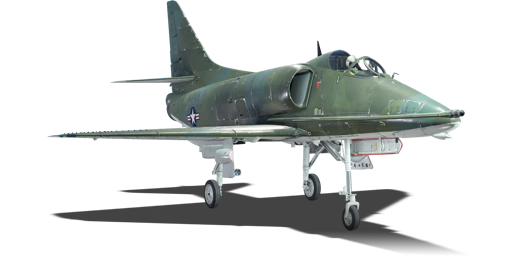


The A-4E, also known as the A4D-5, was a significantly improved version within the Skyhawk family. It had the J52-P-6A engine which produced almost 3,500 kgf of thrust. Most importantly, the P-6A had far better fuel efficiency which increased the range but did require parts of the airframe to be changed. The A-4E received improvements in computers such as the AJB-3A and Mk 9 bombing systems. A-4Es were later fitted with the improved J-52-P-8 and had the iconic hump behind the cockpit which housed more avionics.
Introduced in Update "New Power" as a squadron aircraft, the A-4E Early is an excellent aircraft for pilots who wish to use it as a ground attack or fighter. In the ground attack role, the A-4E Early has an impressive amount of armament options such as regular dumb bombs and rockets, to guided weaponry like the AGM-62A Walleyes. Unfortunately, the Skyhawk lacks any sort of CCIP however it does have CCRP capability thanks to the Mk 9 toss bombing computer. Fighter pilots will not be disappointed in the Skyhawk's ability against other enemy aircraft. Nimble and spry, the A-4E can put up a good fight against many of its contemporaries. It also has access to two AIM-9B sidewinders and flares which greatly help in uptiers against powerful missiles like the AIM-9G or R-60. Whether ground attacking or fighting against planes, players will not be disappointed with the A-4E Early's performance.
flaps
flaps
flaps
brake
| Belt | Belt filling | Armor penetration (mm) at a distance: | |||||
|---|---|---|---|---|---|---|---|
| 10 m | 100 m | 500 m | 1000 m | 1500 m | 2000 m | ||
| AP-T/HEI/HEI | 42 | 39 | 27 | 18 | 11 | 7 | |
| AP-T/HEI | 42 | 39 | 27 | 18 | 11 | 7 | |
| AP-T/HEI/AP-I/HEI | 42 | 39 | 27 | 18 | 11 | 7 | |
| AP-T/AP-T/HEI/AP-I | 42 | 39 | 27 | 18 | 11 | 7 | |
| AP-I/HEI/HEI/HEI | 42 | 39 | 27 | 18 | 11 | 7 | |
| Name | Weight | Slot | ||||||
|---|---|---|---|---|---|---|---|---|
| 19 × | 229.6 kg |  |  | |||||
| 4 × | 280.3 kg | 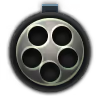 |  | |||||
| 259 kg | 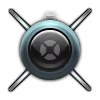 |  |  |  |  | |||
| 117.9 kg |  |  | ||||||
| 240.9 kg |  |  | ||||||
| 138.3 kg |  |  | ||||||
| 254 kg | 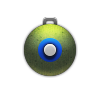 |  | ||||||
| 235.9 kg |  |  | ||||||
| 72.6 kg |  |  | ||||||
| 38 × | 459.3 kg | 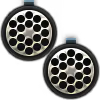 |  | |||||
| 8 × | 716.6 kg |  |  | |||||
| 810 kg |  |  | ||||||
| 6 × | 707.4 kg | 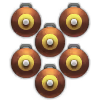 |  |  | ||||
| 3 × | 722.7 kg | 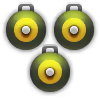 |  | |||||
| 6 × | 829.8 kg | 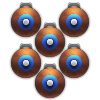 |  |  | ||||
| 3 × | 762 kg | 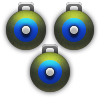 |  | |||||
| 362.4 kg |  |  |  | |||||
| 446.8 kg | 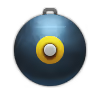 |  | ||||||
| 2 × | 471.8 kg | 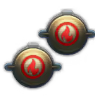 |  | |||||
| 505.5 kg | 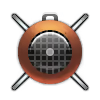 |  | ||||||
| 439.5 kg | 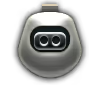 |  |  | |||||
| 57 × | 688.9 kg | 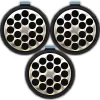 | ||||||
| 12 × | 840.8 kg |  | ||||||
| 6 × | 1,445.4 kg |  | ||||||
| 6 × | 1,524 kg | 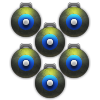 | ||||||
| 3 × | 1,340.4 kg | 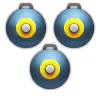 | ||||||
| 893.6 kg | 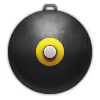 | |||||||
| 893.6 kg | 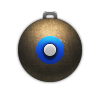 | |||||||
| 3 × | 707.7 kg | 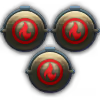 | ||||||












Flight performance |
|---|
Survivability |
|---|
Weaponry | |||
|---|---|---|---|